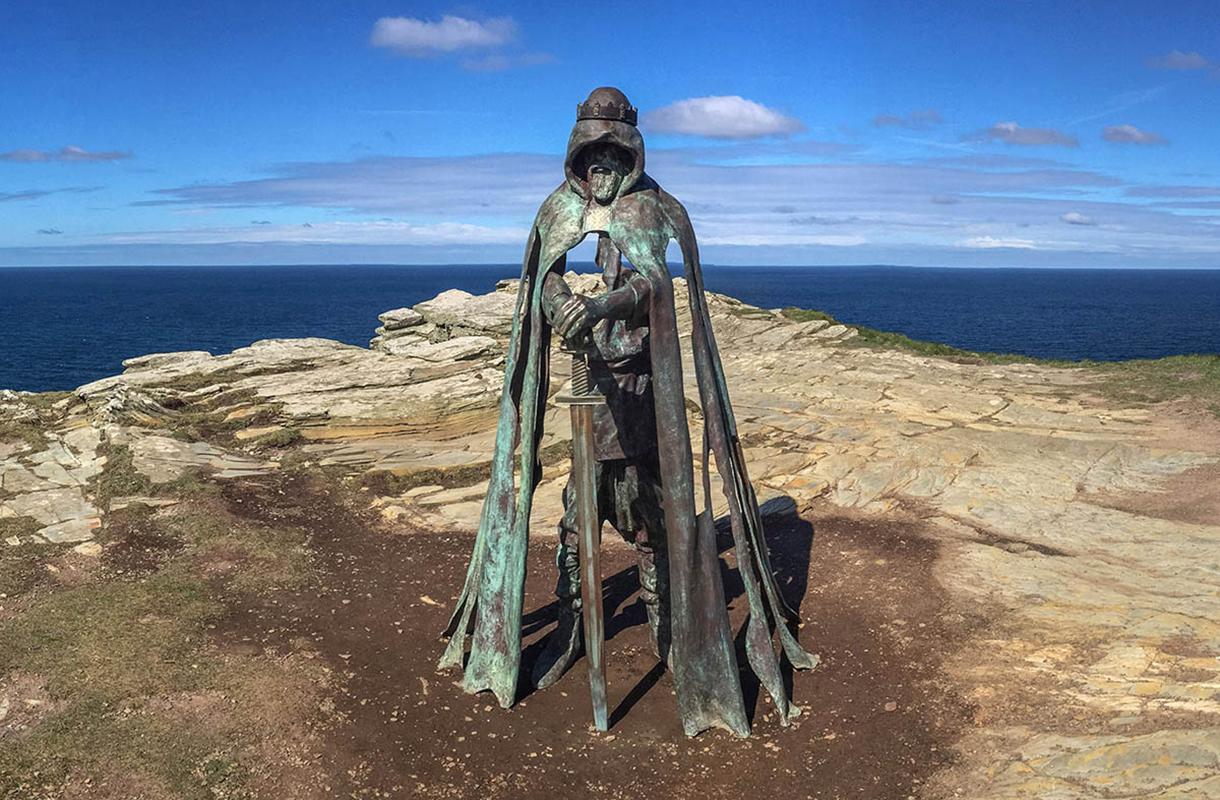Mysterious inscriptions discovered on castle linked to King Arthur
Stone measuring 60cm found at Tintagel castle - where it is thought legend of King Arthur was conceived

Your support helps us to tell the story
From reproductive rights to climate change to Big Tech, The Independent is on the ground when the story is developing. Whether it's investigating the financials of Elon Musk's pro-Trump PAC or producing our latest documentary, 'The A Word', which shines a light on the American women fighting for reproductive rights, we know how important it is to parse out the facts from the messaging.
At such a critical moment in US history, we need reporters on the ground. Your donation allows us to keep sending journalists to speak to both sides of the story.
The Independent is trusted by Americans across the entire political spectrum. And unlike many other quality news outlets, we choose not to lock Americans out of our reporting and analysis with paywalls. We believe quality journalism should be available to everyone, paid for by those who can afford it.
Your support makes all the difference.An inscription from 1,300 years ago has been discovered on a castle associated with the legend of King Arthur on the coast of Cornwall.
The markings include Christian symbols, Greek letters and Latin writing and were found on a stone that is approximately 60cm.
Experts from the Cornwall Archaeological Unit, made the discovery at Tintagel castle and they believe the scribe was practising writing.
English Heritage Curator Win Scutt described the findings as “incredible”.
“We can't know for sure who made these marks or why, but what we can say is that 7th century Tintagel had professional scribes who were familiar with the techniques of writing manuscripts – and that in itself is very exciting,” Mr Scutt said.
“The survival of writing from this period is rare and this is a very important find, especially in terms of the continuity of a literate Christian tradition in post-Roman Cornwall,” Michelle Brown, a writing expert from the University of London, said.
“The lettering style and language used, as well as Christian symbols exhibiting Mediterranean influence and contacts, all reveal precious clues to the culture of those who lived at Tintagel in the 7th century.”
The inscribed slate stone had the Latin words “fili” (son) and “viri duo” (two men) on it and also Roman and Celtic names – “Tito” (Titus) and “Budic”.
Tintagel castle has been described as the place of King Arthur’s conception and the site has been described as one of the most spectacular in Britain by English Heritage.
Join our commenting forum
Join thought-provoking conversations, follow other Independent readers and see their replies
Comments